Microneedling 101: What is Microneedling?
Microneedling involves using tiny needles to repeatedly puncture the skin, creating controlled micro-injuries. This activates the body’s wound-healing process: inflammation, sending blood to the site of injury along with healing agents like growth factors, which stimulate the production of new collagen and elastin fibers to repair the damaged skin.
Collagen is essential for youthful-looking skin, and it begins to decline as we get older due to numerous factors, like hormonal changes and environmental circumstances such as sun exposure.
However, in the days following a microneedling treatment, your body kicks up collagen production to help repair the skin.
Microneedling essentially tricks the body into thinking there is a wound that needs to be healed to re-accelerate collagen production.
That is pretty much the cycle you want to continue to initiate in aging skin; the cells that are creating collagen slow down, so you do something to pick the production back up, in this case, micro-injuries.
As it heals, the skin then rebuilds with newly formed collagen, which helps to reinforce the skin's support structure, improving its overall firmness and elasticity. This reduces the appearance of fine lines, wrinkles, scarring, and pores, and other imperfections gradually diminish as the skin continues to remodel itself.
Regular microneedling treatments can continue to build up collagen over time, leading to firmer, more youthful skin, and improved skin texture, tone, and overall appearance.

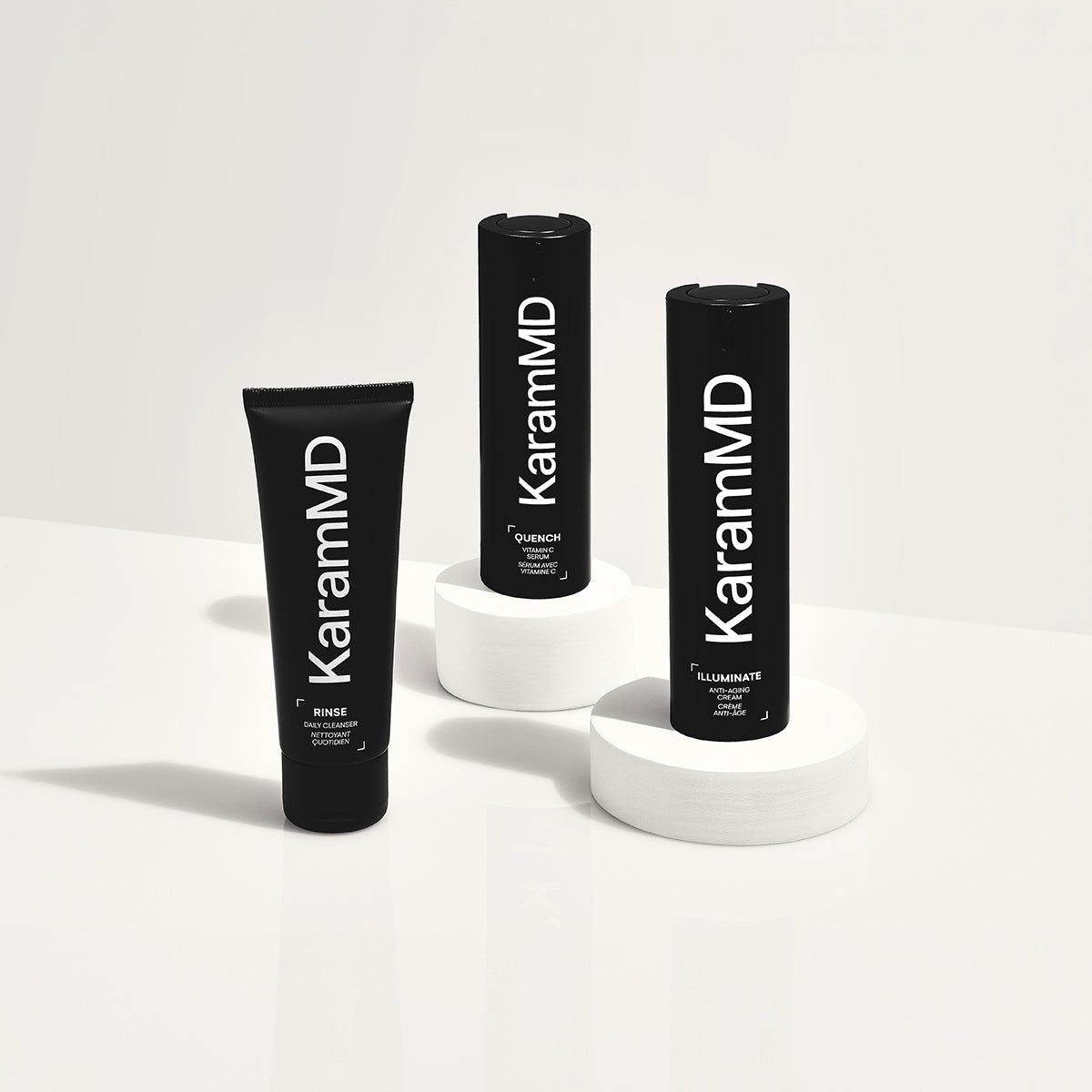
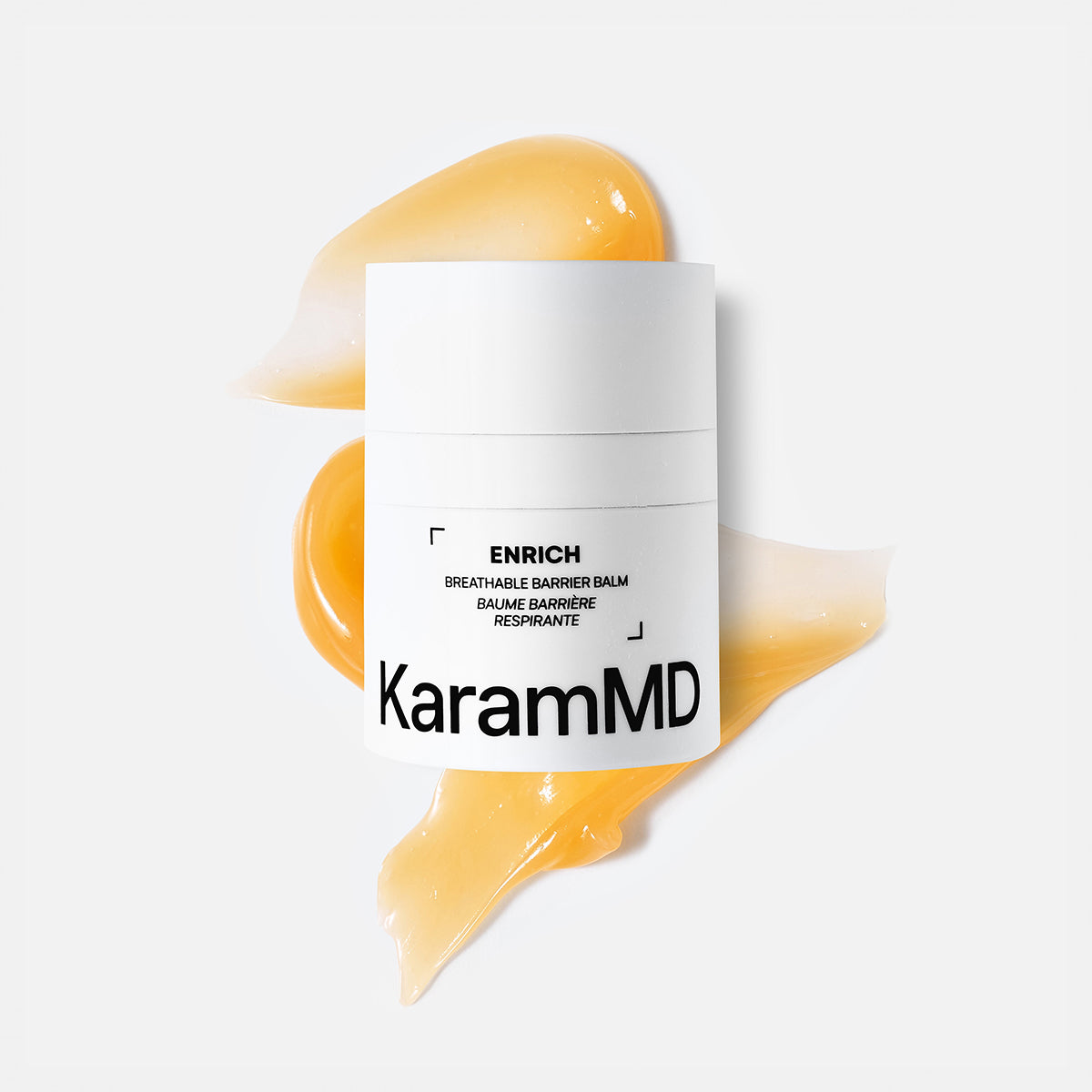
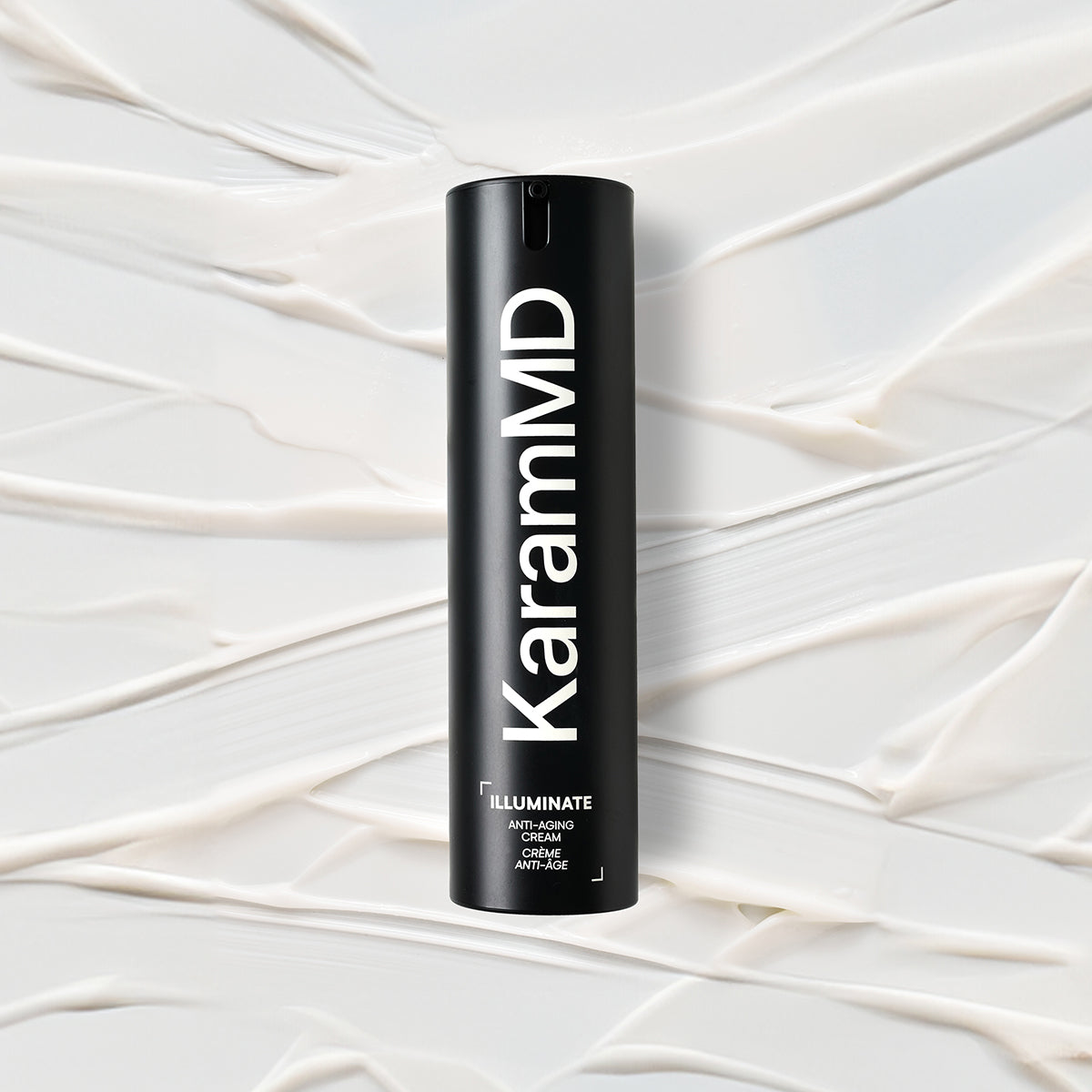
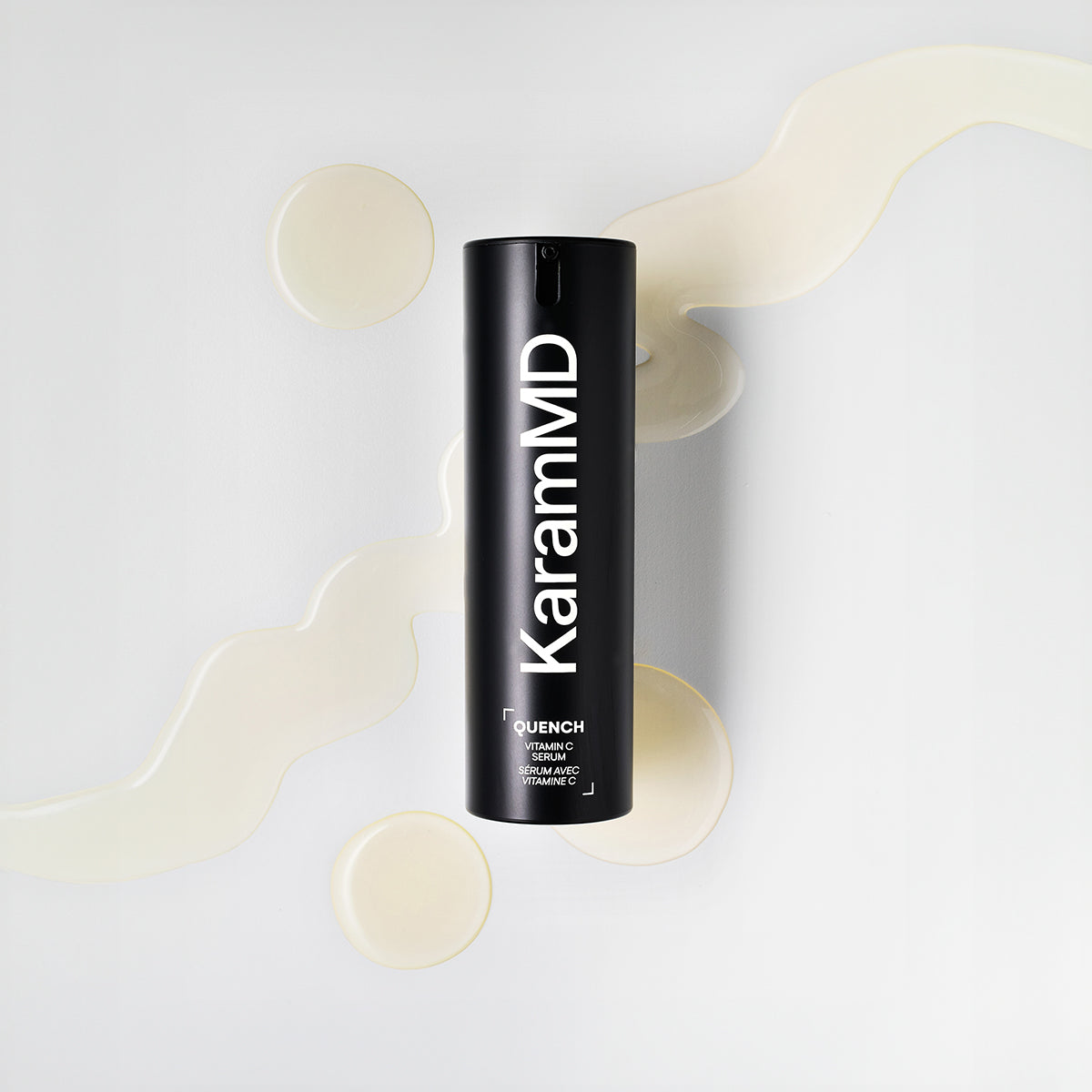
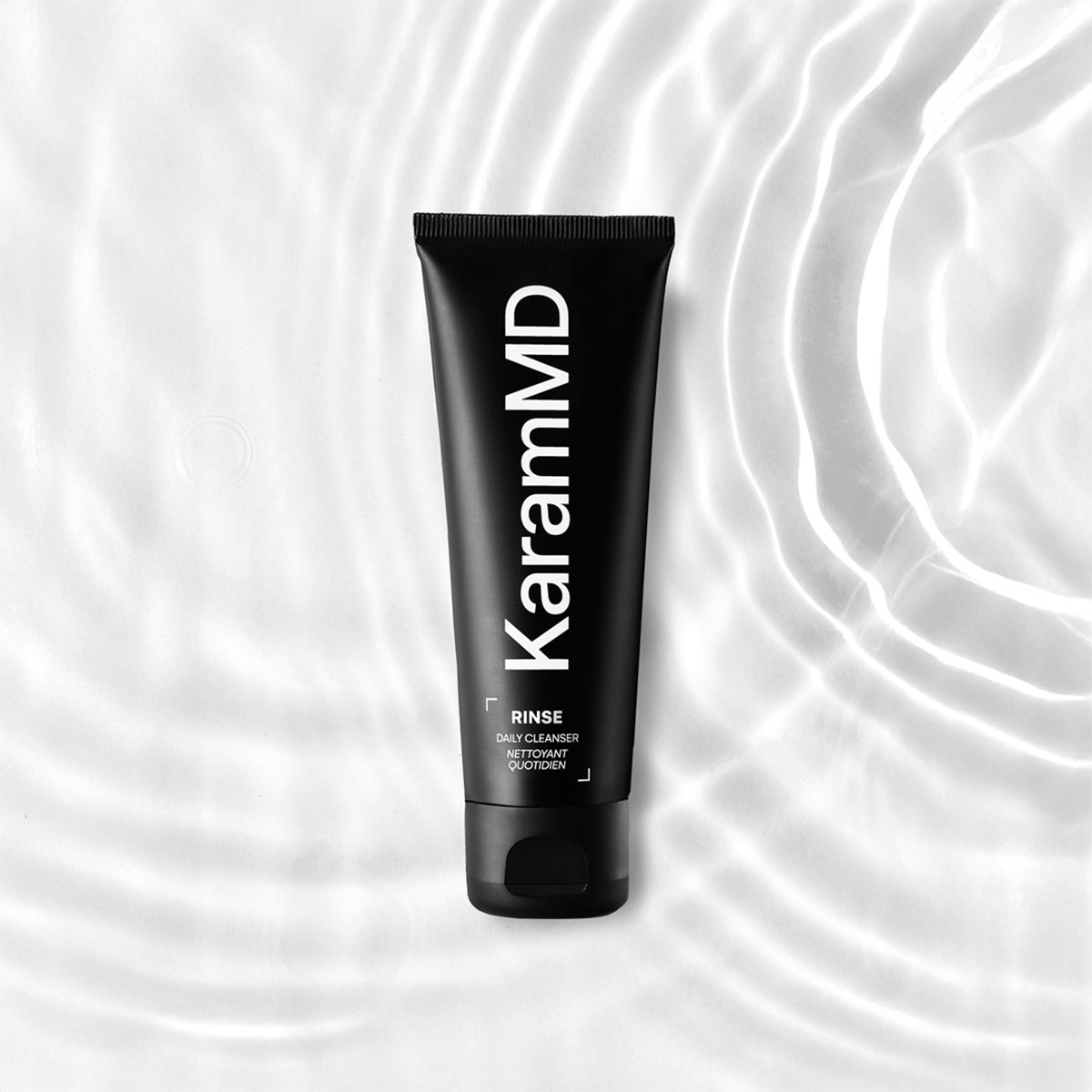
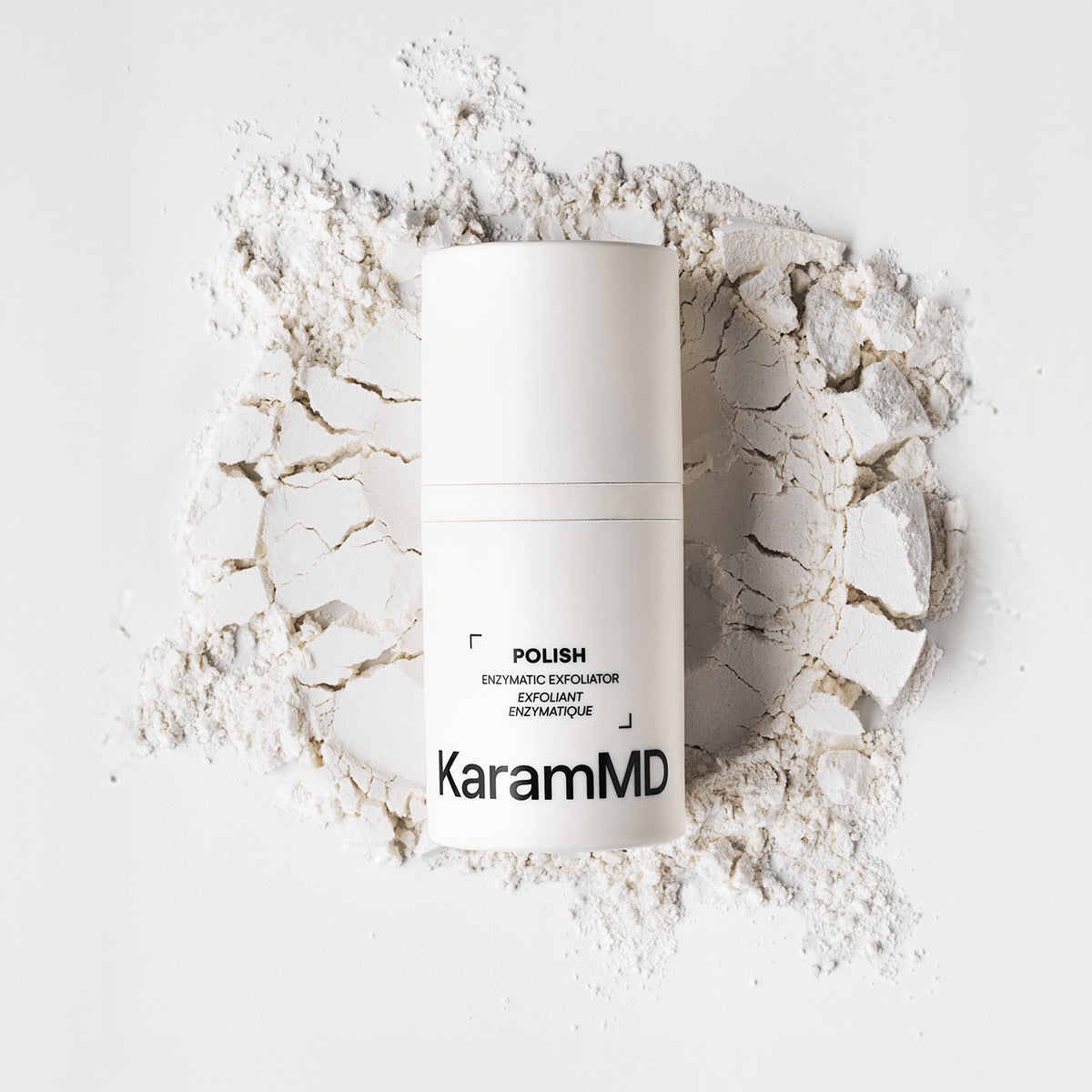
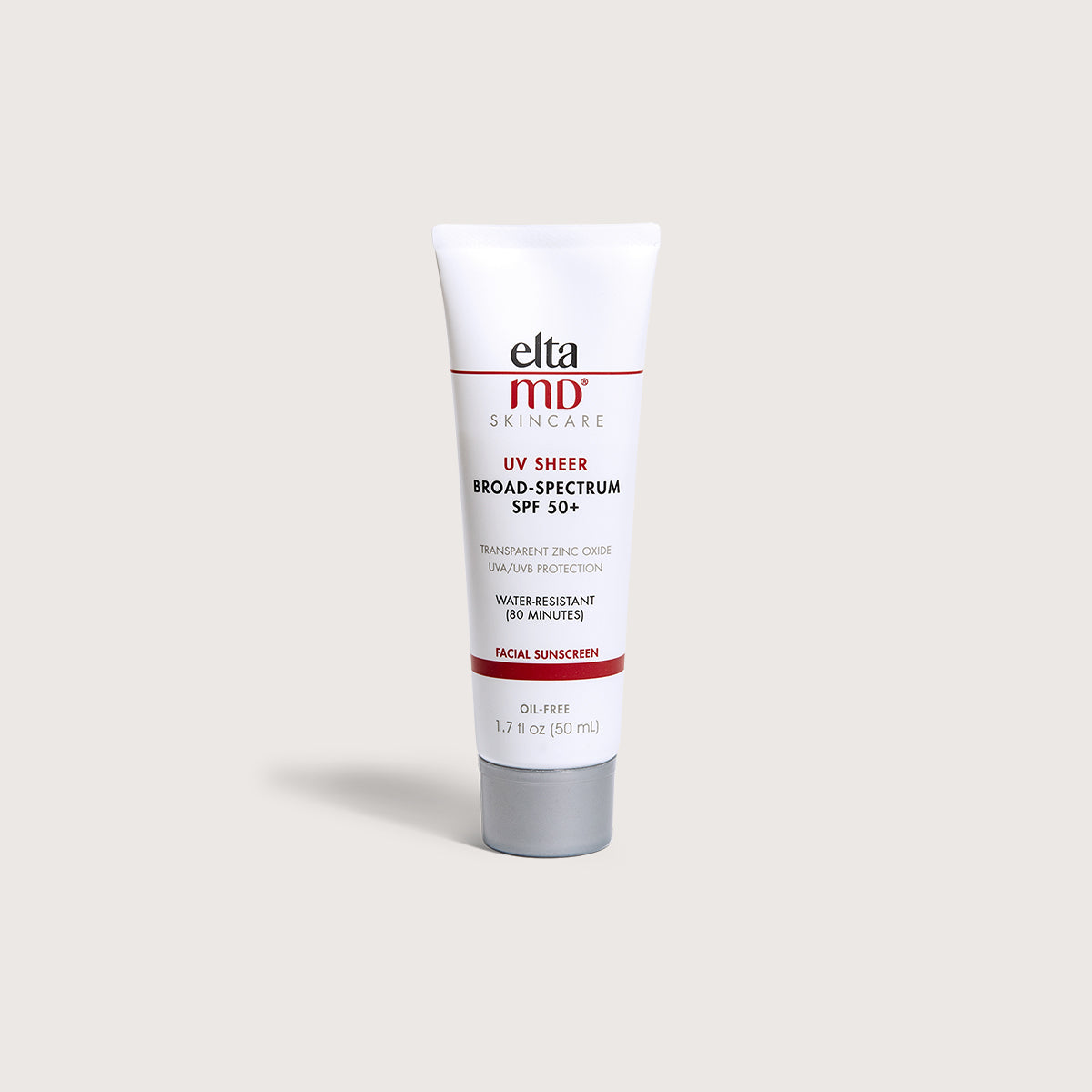
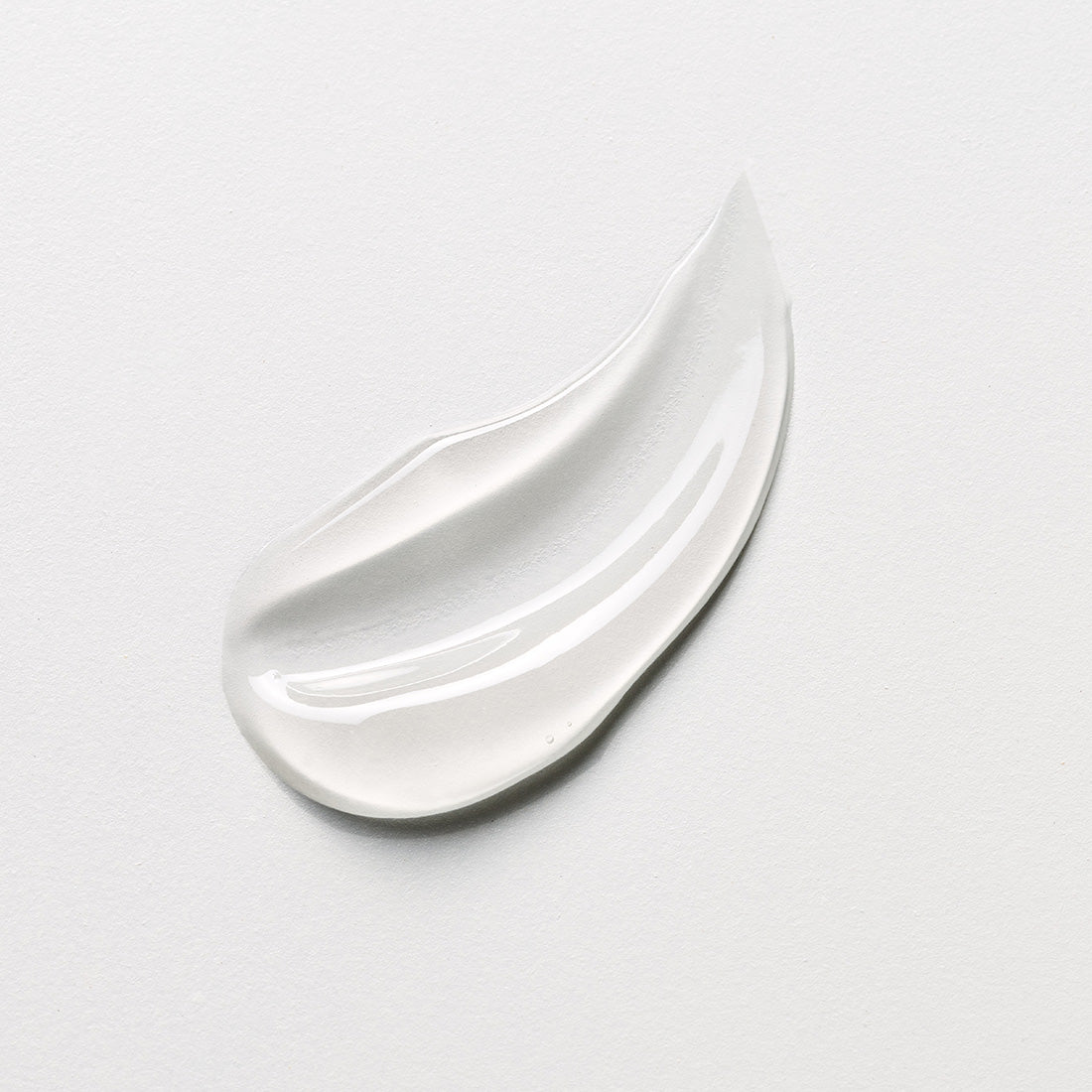
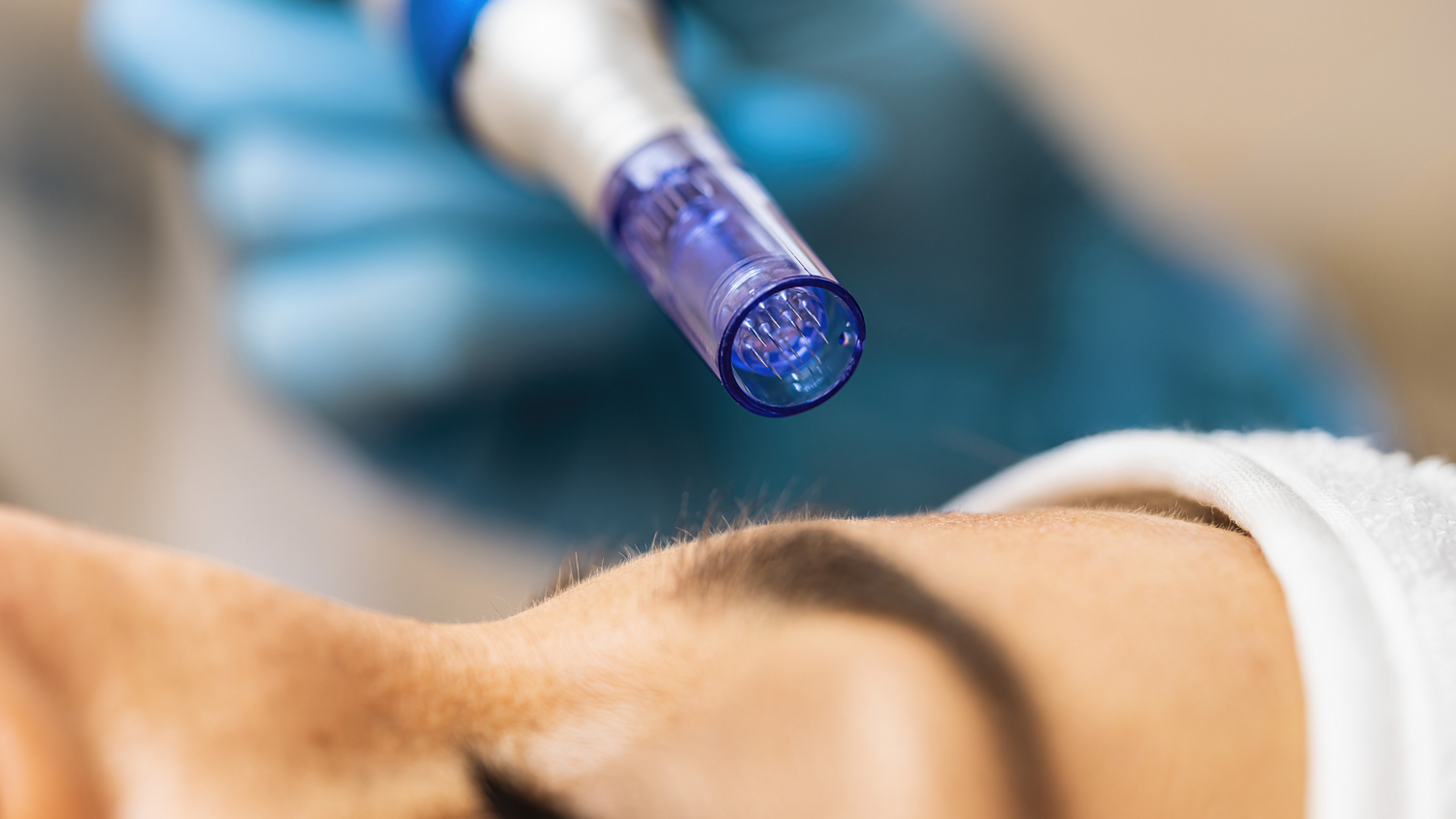




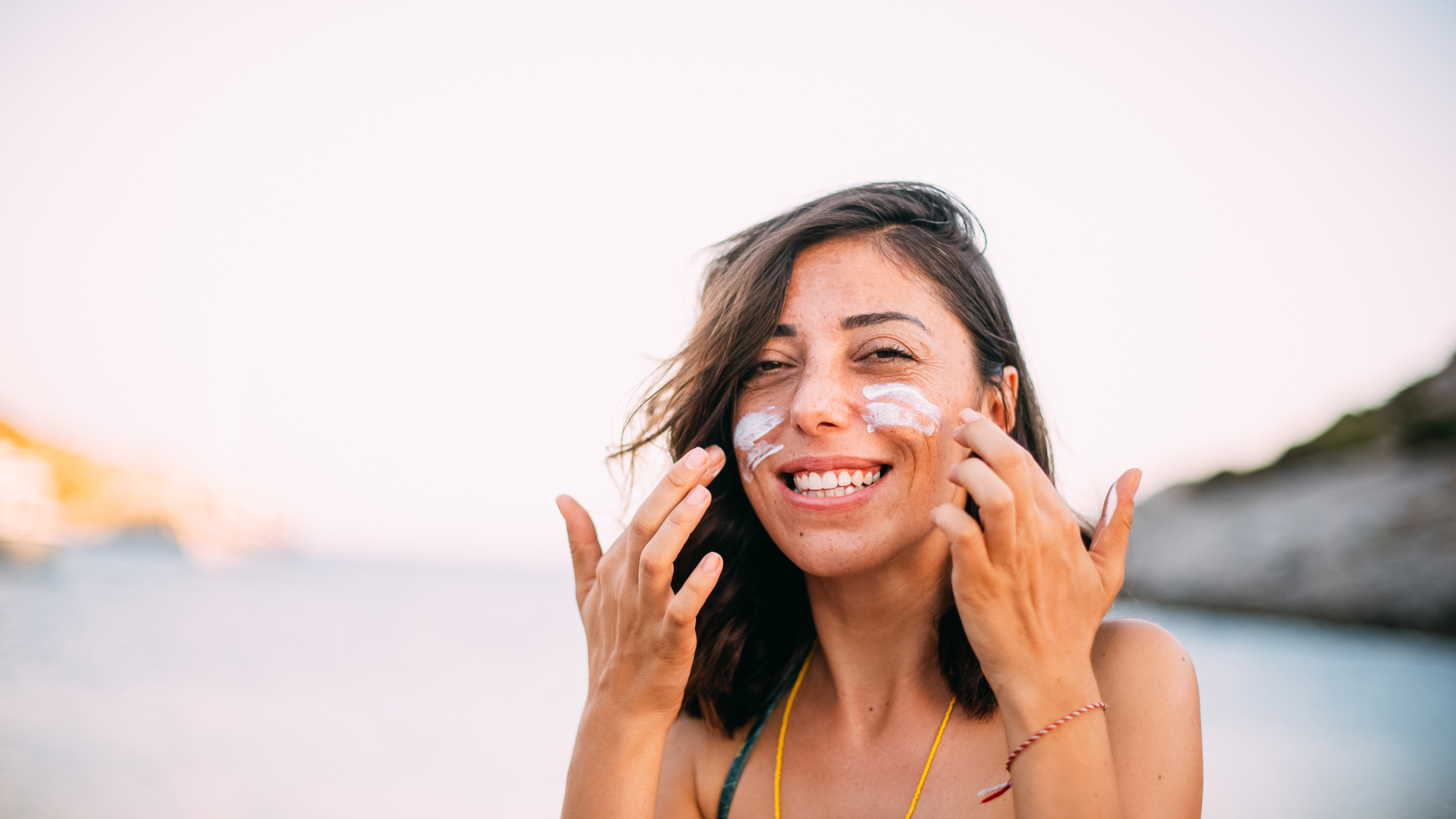
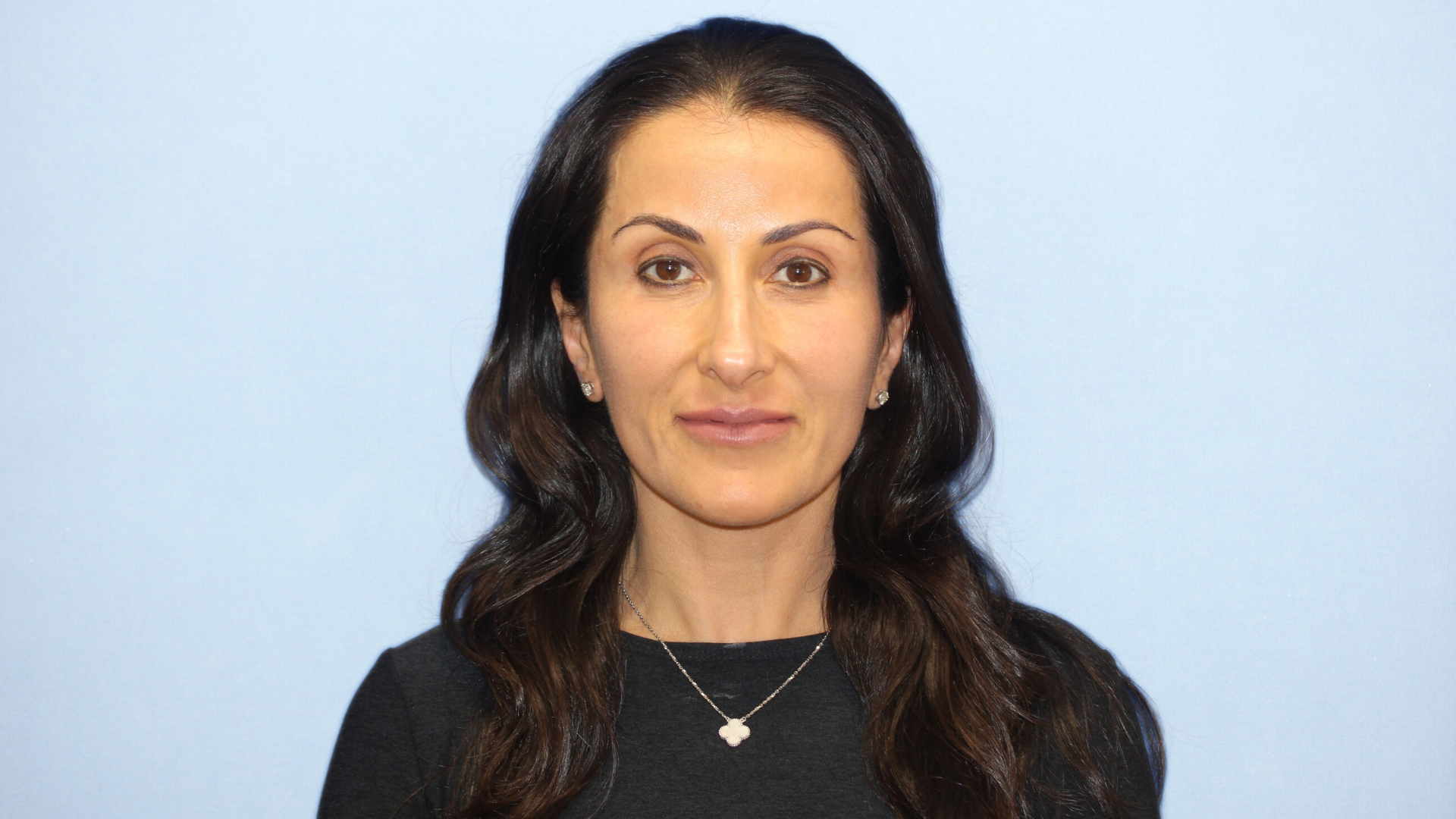

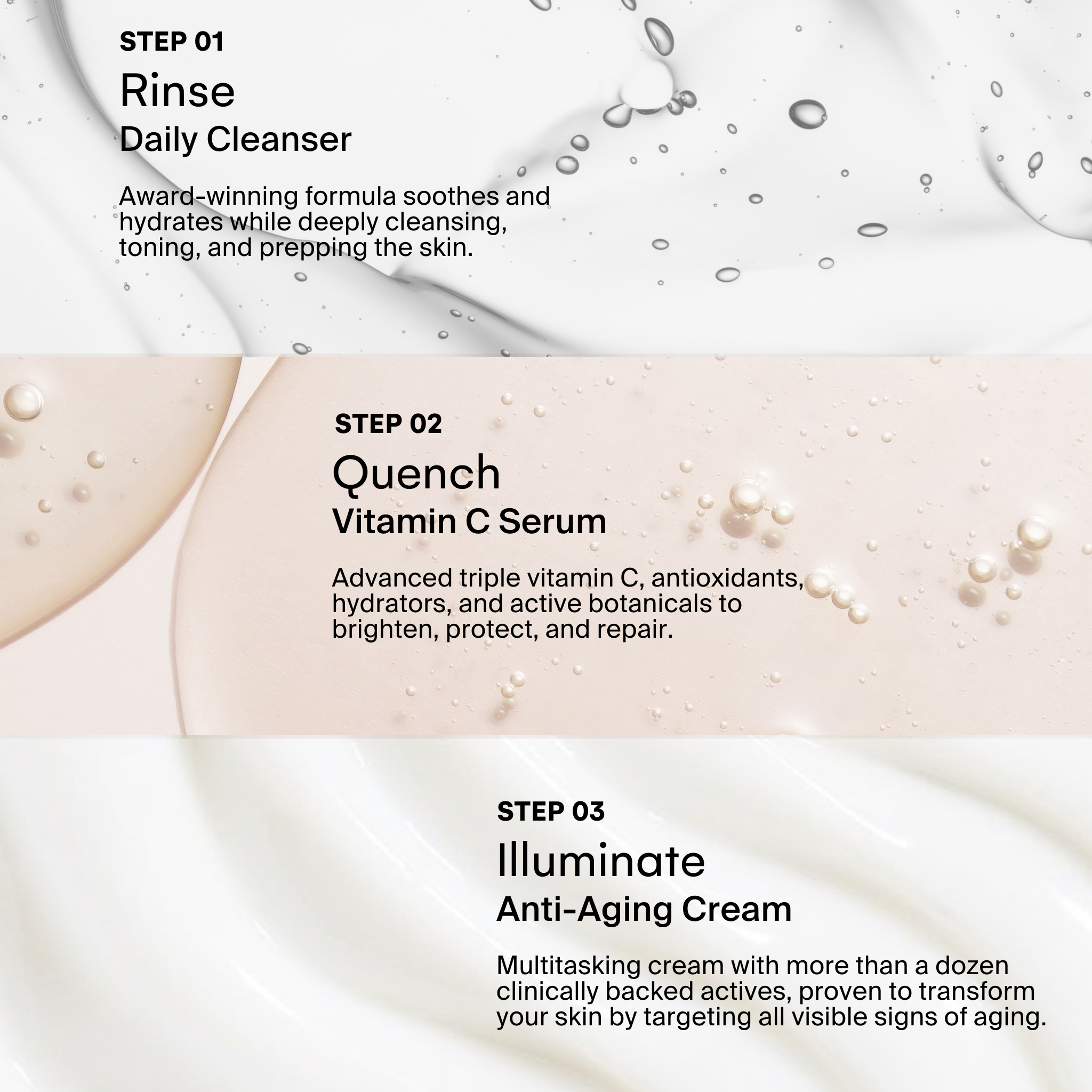
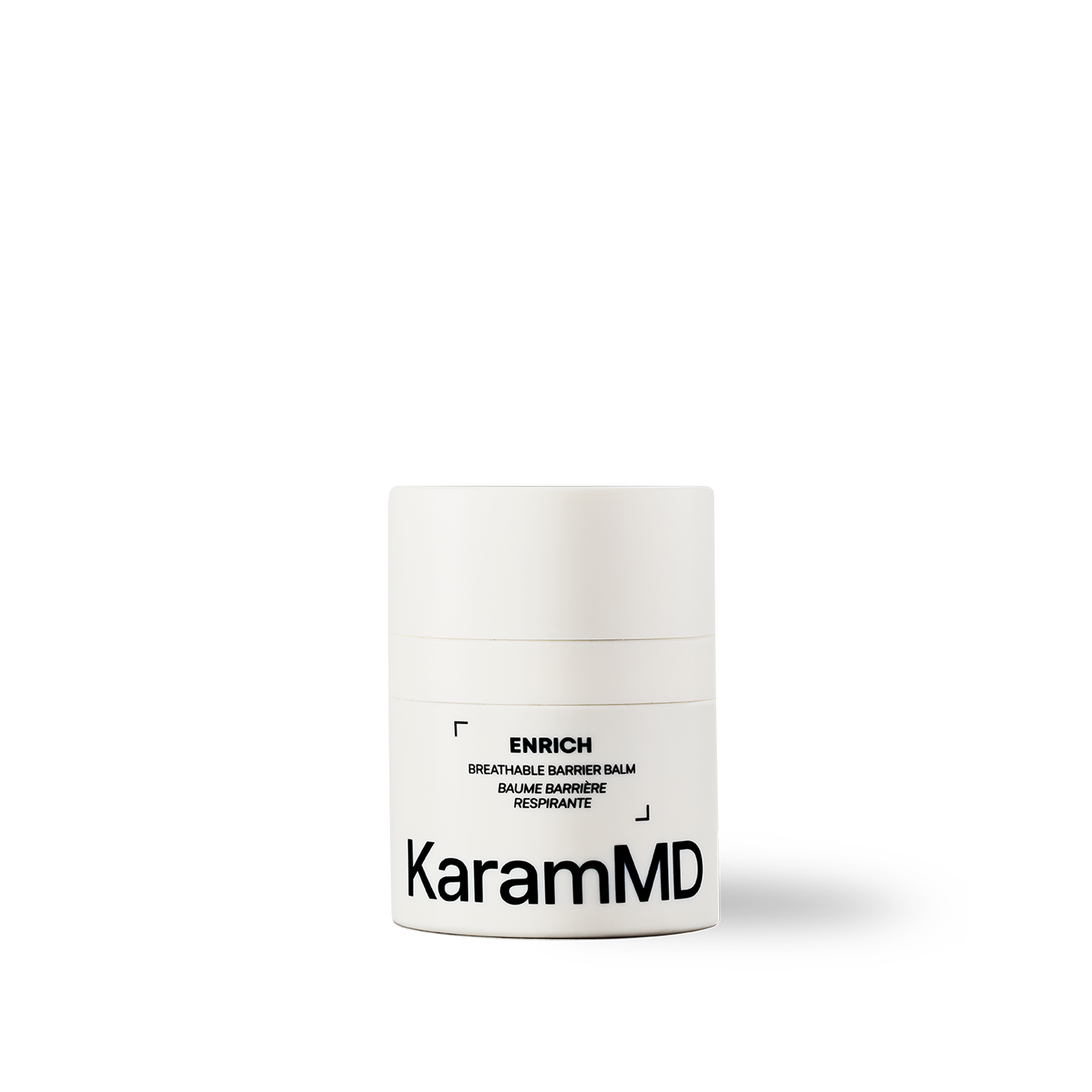
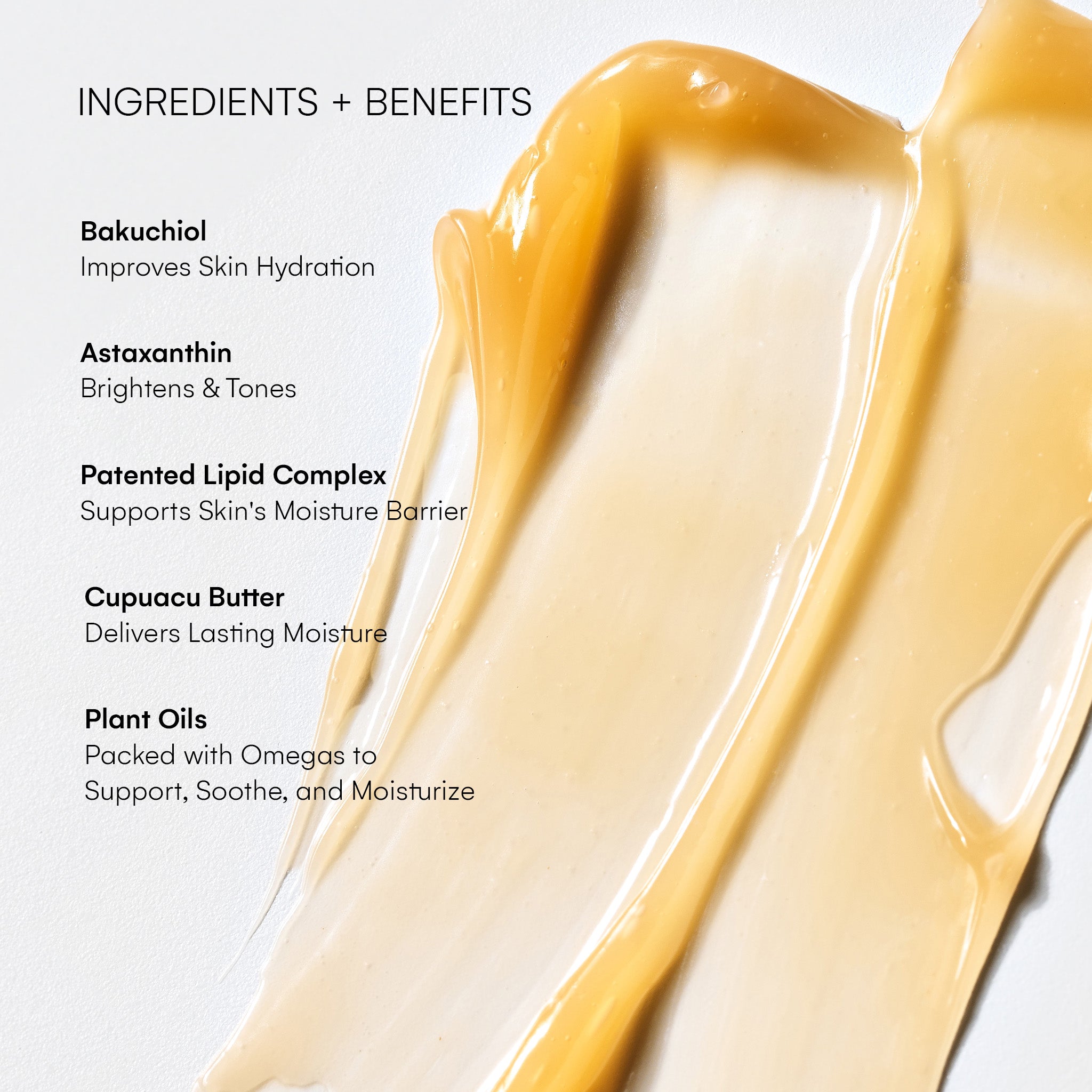
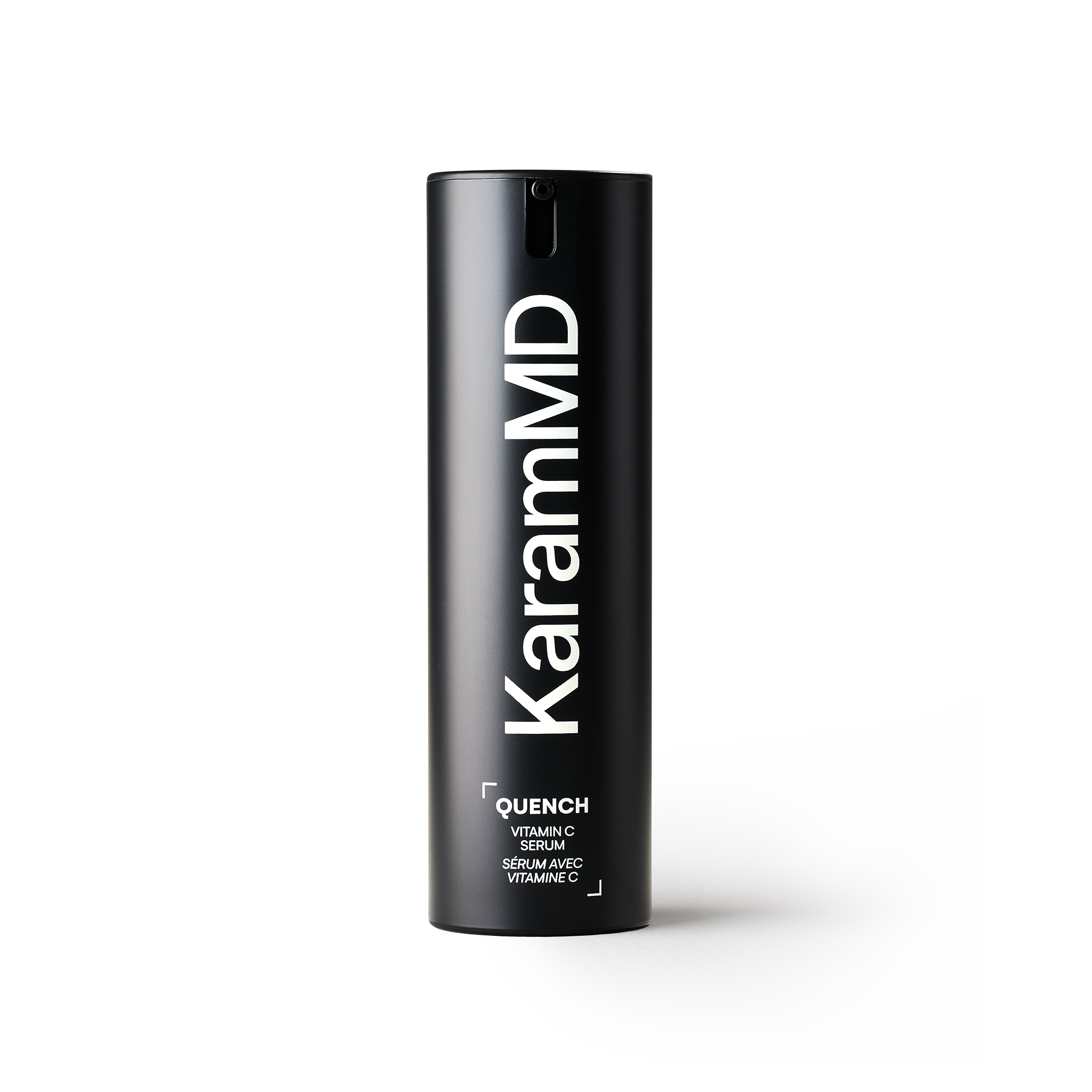
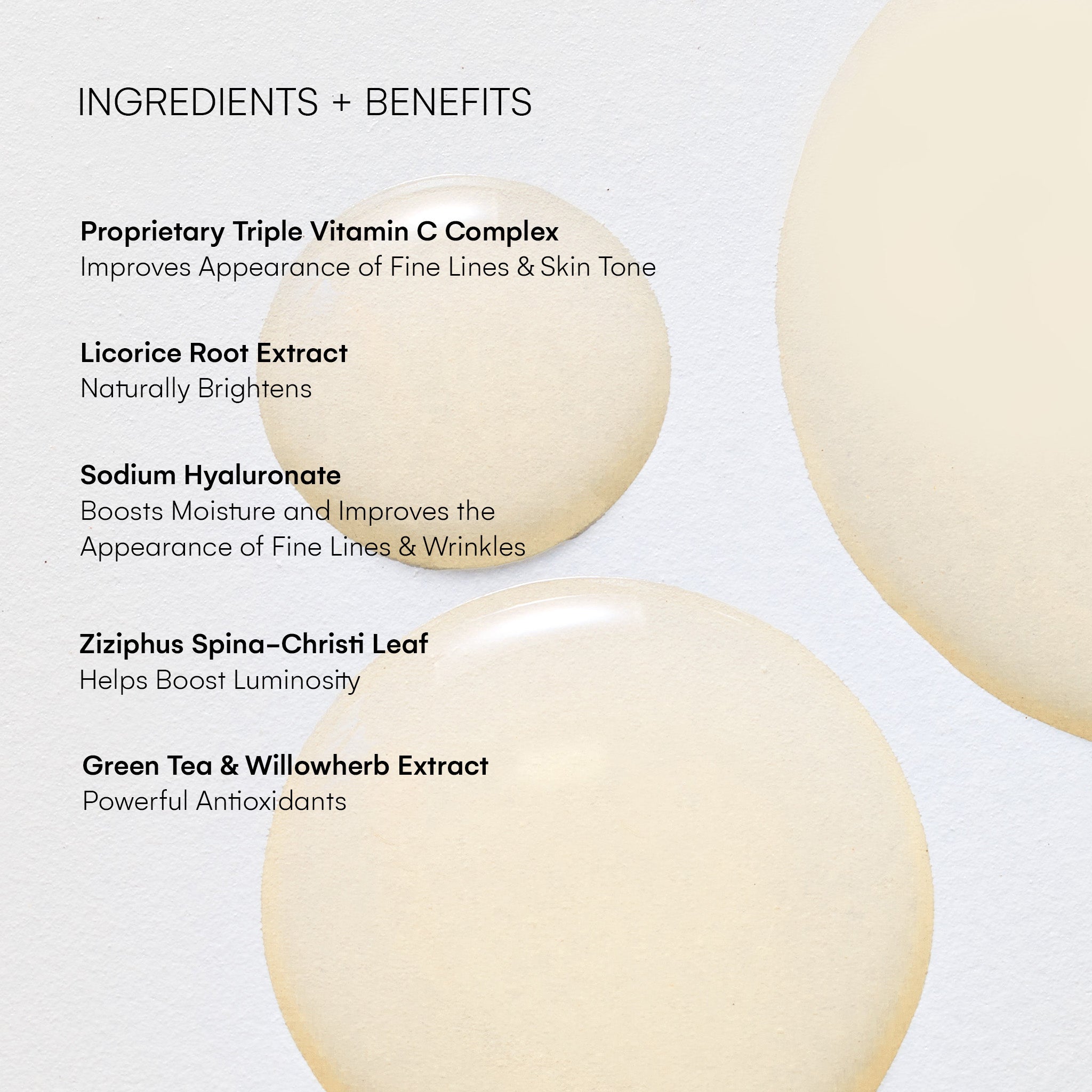
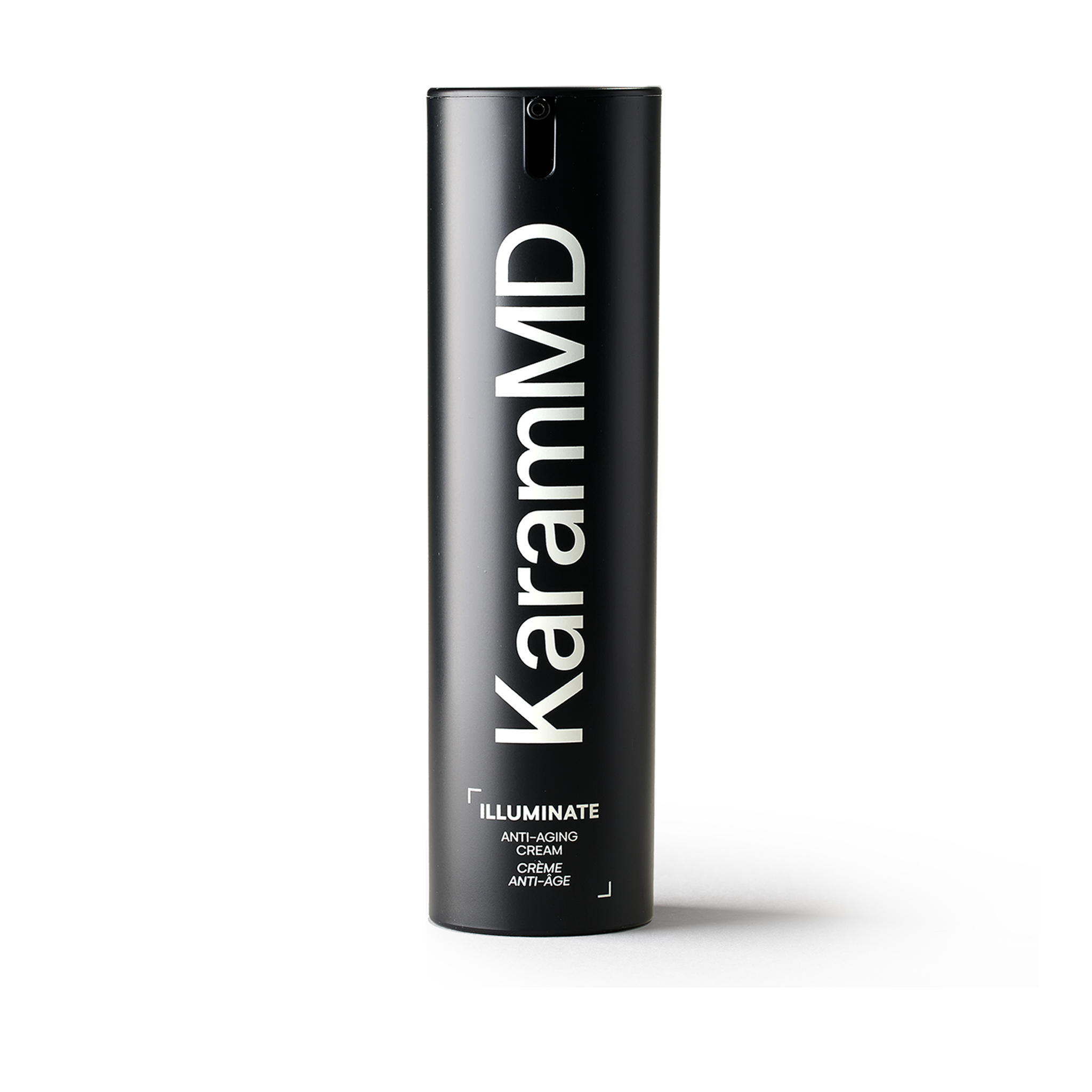

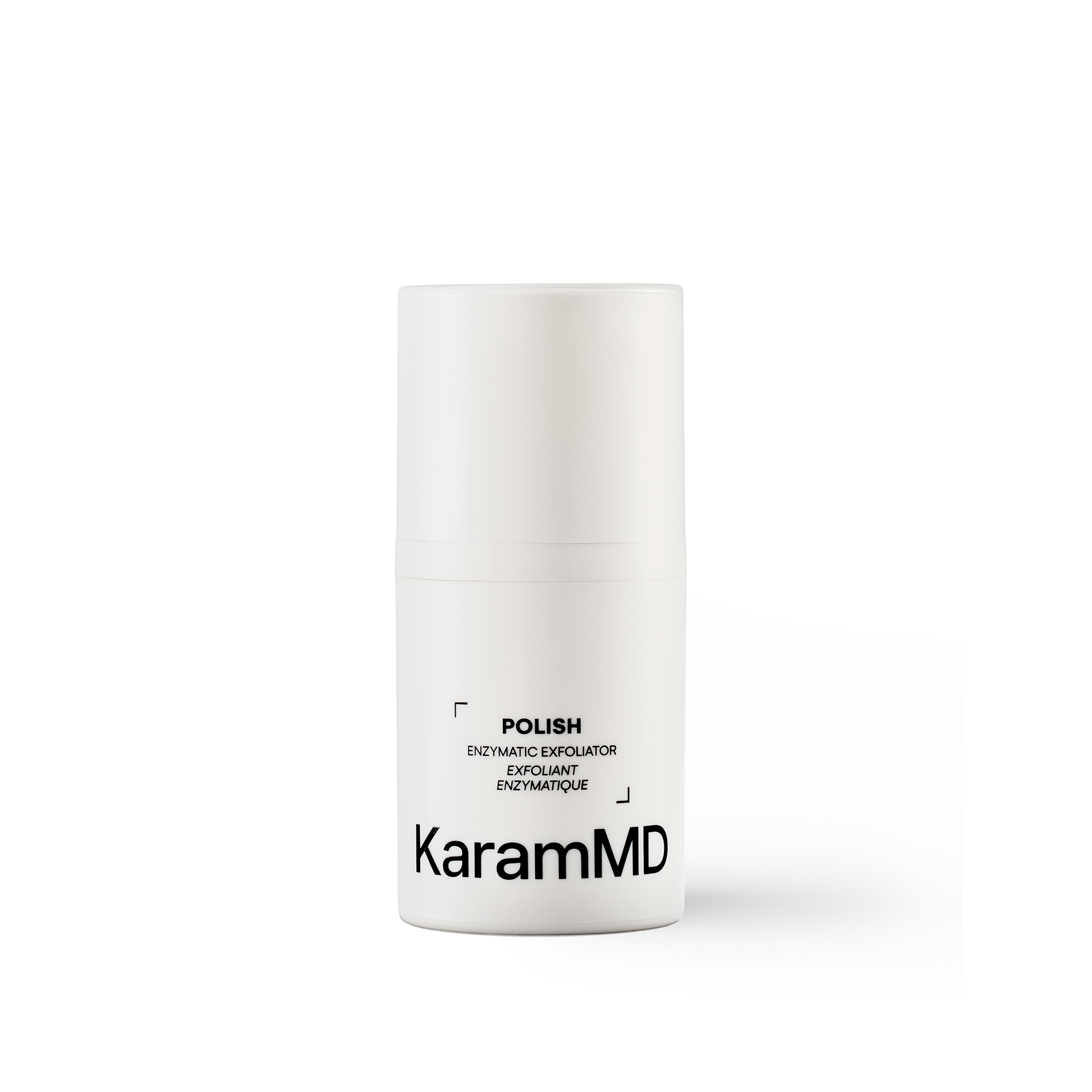
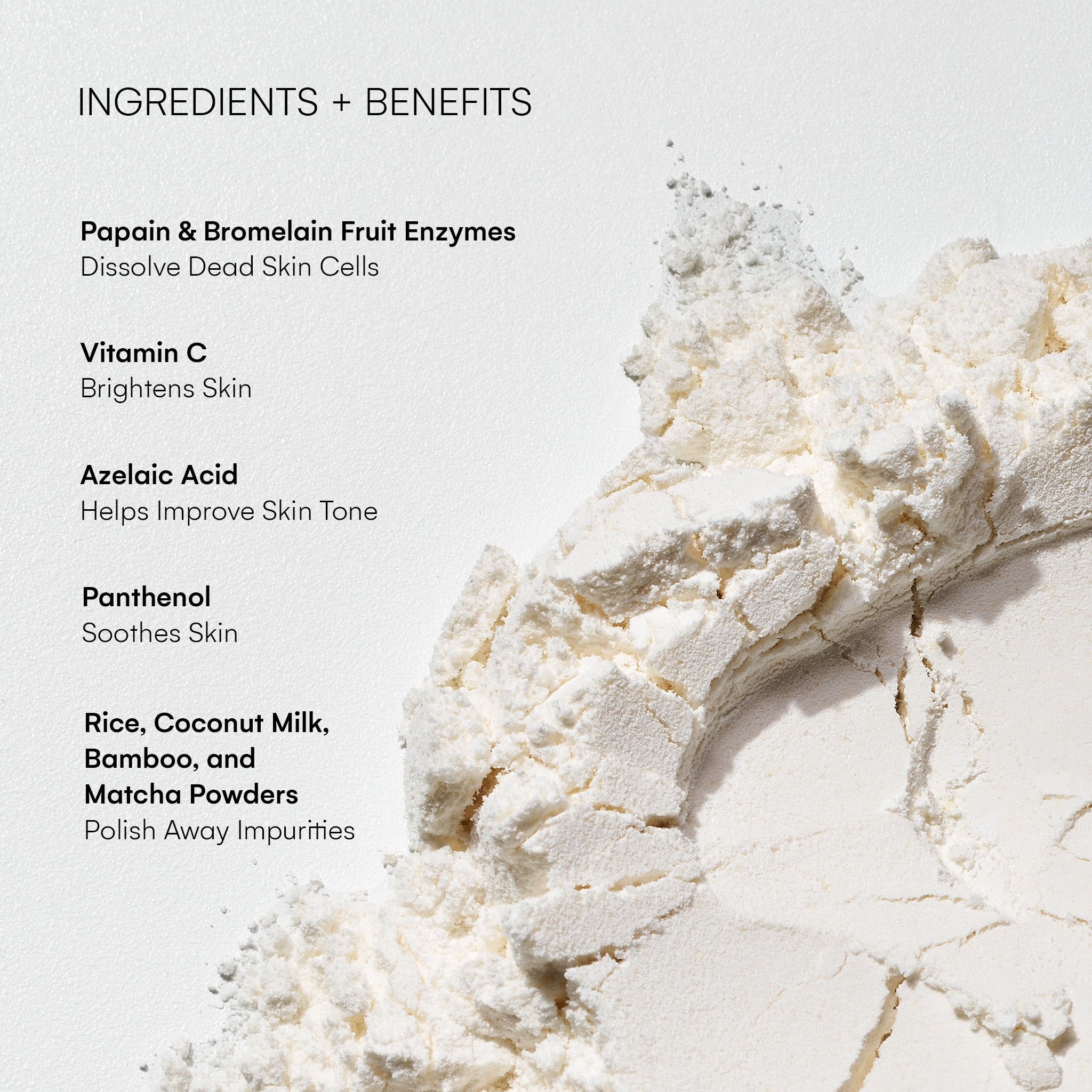
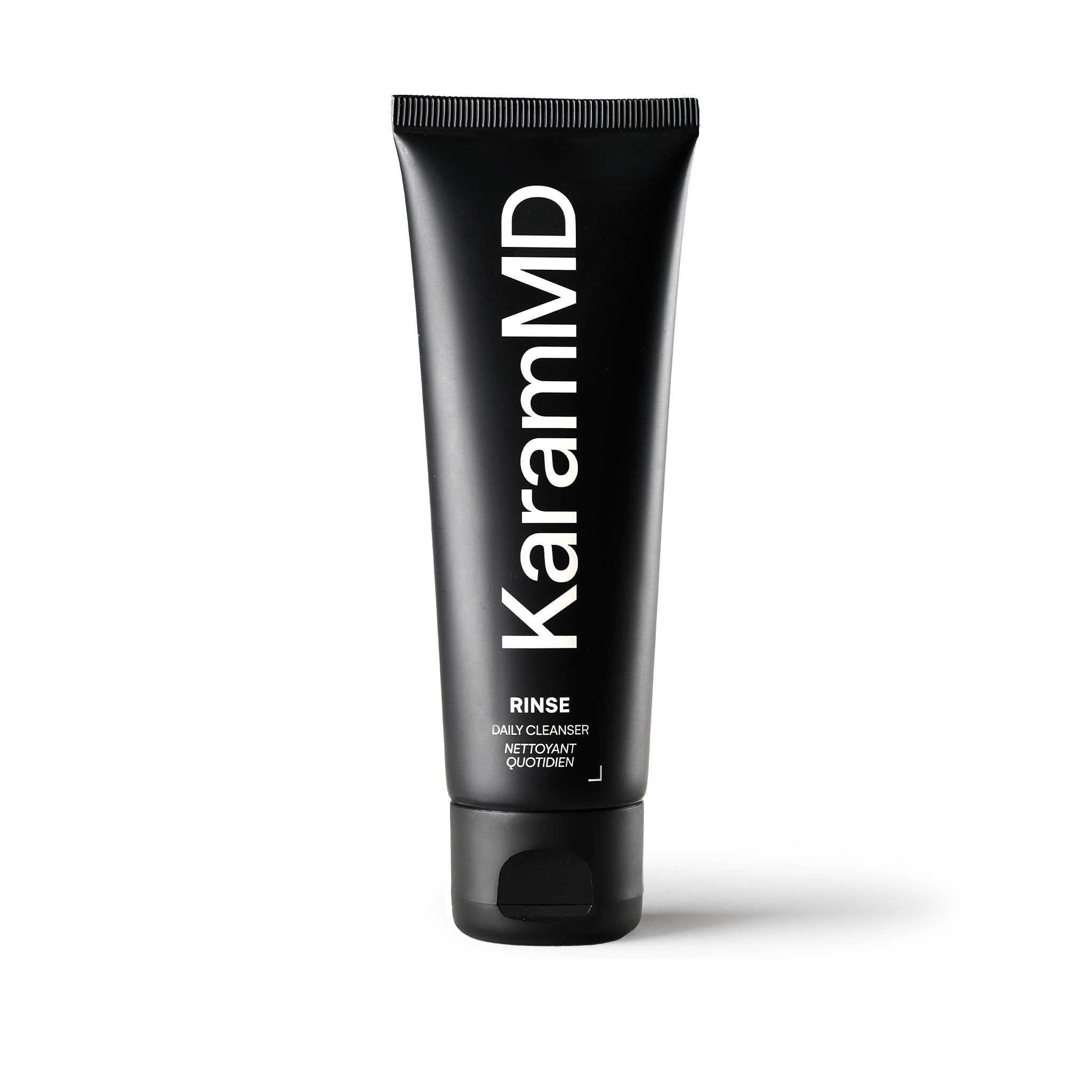
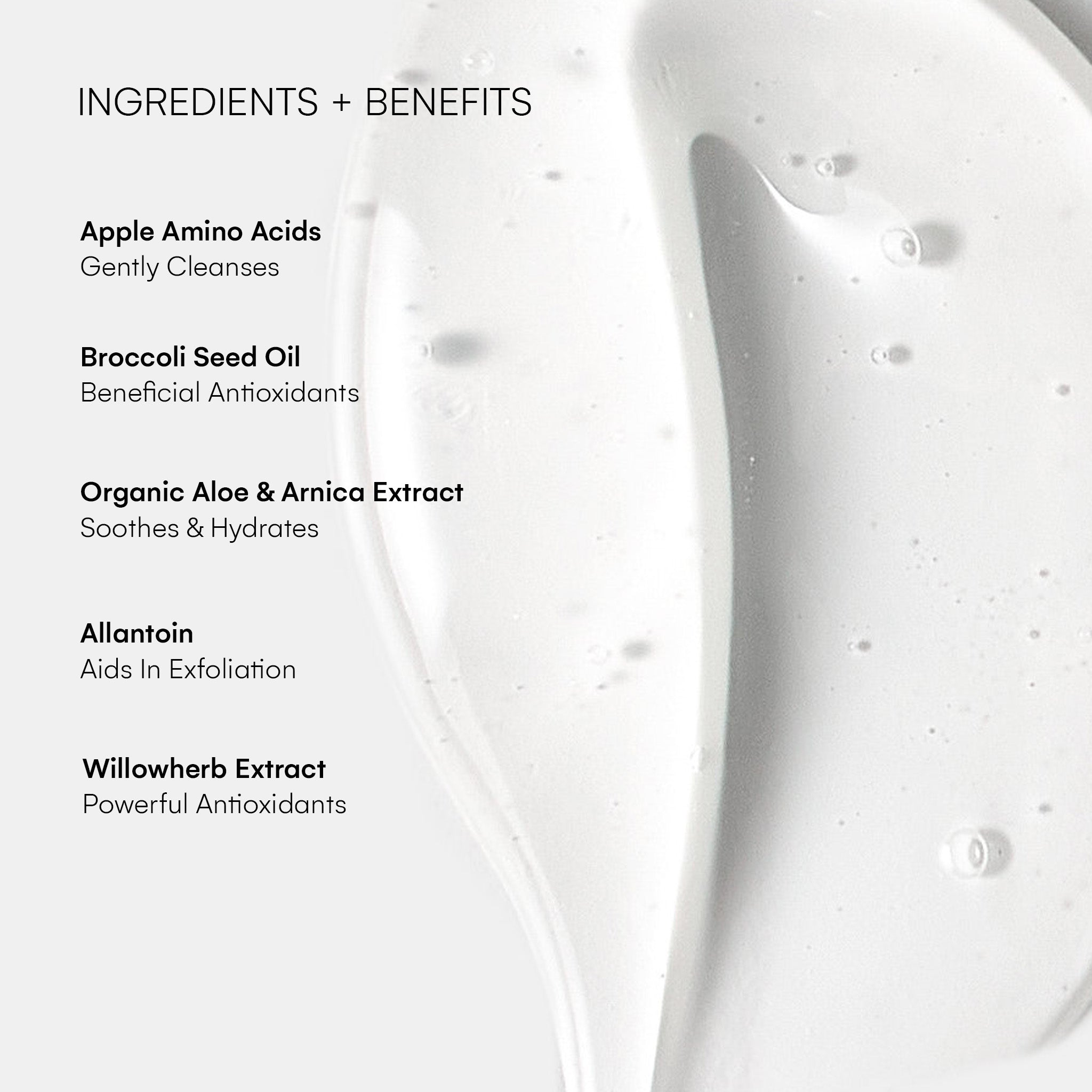
4 comments
Imane Aguenaou
It’s a comprehensive course about non-invasive possibilities to have a good skin quality. So so complete and the information is detailed. Thank you very much for this educative material.
Mary Katherine
Dr. Karan what about the Endolift? Curious what your opinion on that is. Thank-you
Pam Foy
Thank you for always willing to provide informative information that we don’t normally get from our providers.
It’s nice to know the doctors that are willing to go the extra mile!
I love your products and information you always provide!
Thank you
Ursula Grudka
Ad usual Most interesting and inspiring So few know know what they are talking about when it comes to Microneedling
I am 86 now I tried microneedling with rf in spring and will do it again in September I continue to use your products and do look pretty good Thanks a lot Ursula
Leave a comment
All comments are moderated before being published.
This site is protected by hCaptcha and the hCaptcha Privacy Policy and Terms of Service apply.